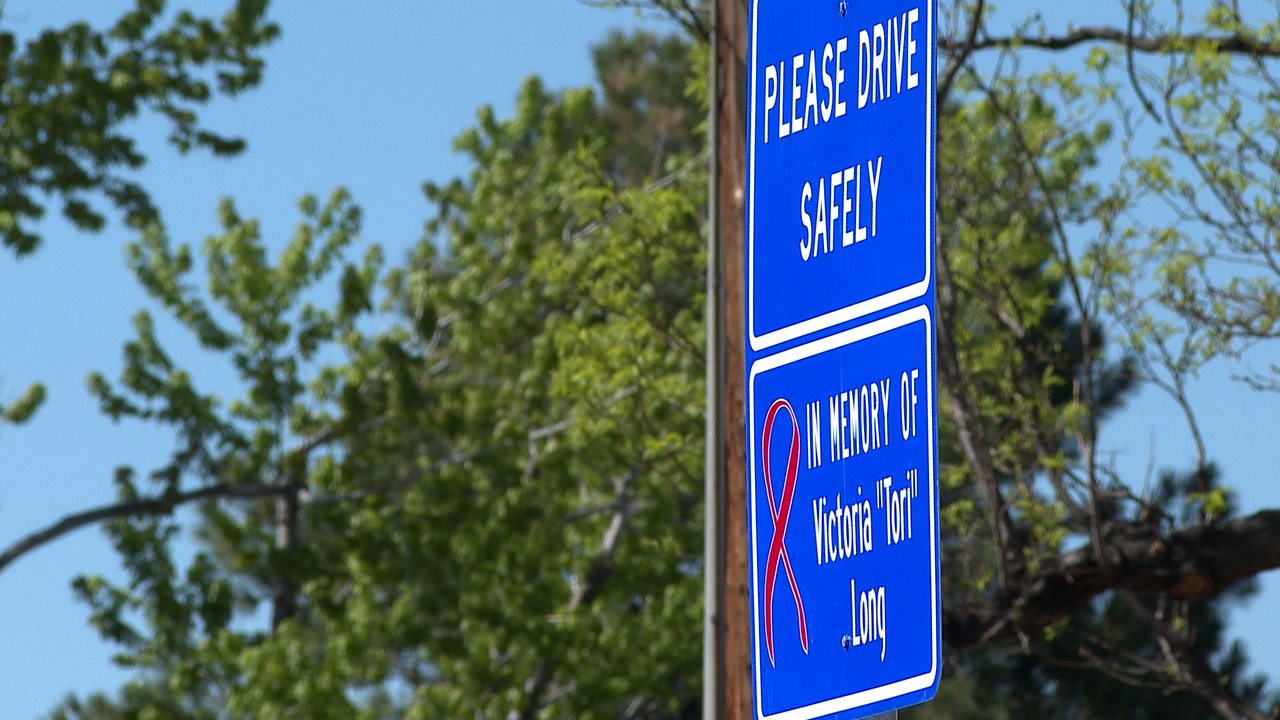DENVER (KDVR) — Scammers are continuously finding new ways to target people. From creating fake accounts to spam emails to robocalls and even fake text messages that seem legitimate, there are several approaches they take to try and trick you.
One of the scams that is hitting many cell phones is a form of phishing that is called, “smishing.”
According to the United States Postal Service, smishing is an attack that is sent as a text message that has a fraudulent link or attachment.
“Often, smishing attacks are delivered from spoofed phone numbers, meaning the original sender’s number is changed to display messages from false identities,” the USPS said.
USPS smishing scam
An example of a smishing attack is a text that might say, “Jonathan, urgent notice for your USPS package 97OR442 Available for pick 8:55 a.m. Click this link.”
Even if you are expecting a package, you shouldn’t click the link.
“USPS will not send customers text messages or e-mails without a customer first requesting the service with a tracking number, and it will not contain a link. So, if you did not initiate the tracking request for a specific package directly from USPS and it contains a link: don’t click the link,” the United States Postal Inspection Service said.
If you get a package scam text, here is how you can report it:
- Without clicking on the web link, copy the body of the suspicious text message and paste into a new email.
- Provide your name in the email, and also attach a screenshot of the text message showing the phone number of the sender and the date sent.
- Include any relevant details in your email, for example: if you clicked the link, if you lost money, if you provided any personal information, or if you experienced any impacts to your credit or person.
- The Postal Inspection Service will contact you if more information is needed.
Other examples of smishing scams
Here are some other smishing scams that have happened over the last three years, according to Norton:
- Tokyo Olympics, 2020: CYFIRMA detected a smishing campaign targeting Olympics fans who attempted to sell fake event tickets to steal personal and banking information.
- New Hampshire, 2022: Reports indicate a smishing campaign targeting New Hampshire residents with fake COVID-19 texts requesting a “New Hampshire State COVID-19 Vaccine Status Validation.”
- Verizon, 2022: Verizon acknowledged a smishing campaign targeting service users. The smishing text appears to come from the user’s own phone number in hopes of them clicking on the malicious link attached to the message.
Can you stop the scam texts?
The Federal Communication Commission says that rules ban text messages sent to a mobile phone using an auto-dialer, unless you previously gave consent to receive the message or the message is sent for emergency purposes.
Here is what the FCC said to do to try and stop these spam messages from happening:
- Do not respond to unwanted texts from questionable sources. Several mobile service providers allow you to block the sender by forwarding unwanted texts to 7726 (or “SPAM”).
- Be careful about giving out your mobile phone number or any other personal information.
- Read through commercial web forms and check for a privacy policy when submitting your mobile phone number to any customer website. You should be able to opt out of receiving texts – but you may have to check or uncheck a preselected box to do so.
- Find out if any company you do business with has a policy that allows it to sell or share your information.
If you have not done so yet, make sure your phone is on the do not call list.
